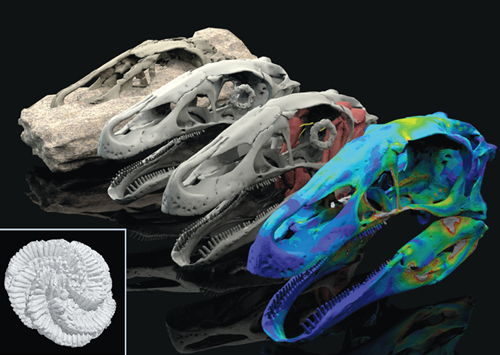How Restoration Service can Save You Time, Stress, and Money.
Wiki Article
The Buzz on Restoration Service
Table of ContentsThe Ultimate Guide To Restoration ServiceThe Facts About Restoration Service RevealedThe Main Principles Of Restoration Service What Does Restoration Service Do?Everything about Restoration Service
The second technique to treating damp specimens is the slow, regulated drying approach to stop breaking and delamination. The damp specimens can be positioned in the containers and also plastic food cover put over the top with a rubber band around the perimeter to hold the plastic cover tight.For larger specimens, an economical, but practical drying out box can be conveniently constructed by putting an item of clear plastic sheet, such as Visqueen, over a sturdy box. Location the damp specimen inside the box and cut a couple of flaps or slits in the plastic. The flaps will enable a slow-moving, regulated exchange of the moist air in package with the lower RH (family member moisture) ambient air outside the box.
Once again, flaps or slits reduced into the bag or outdoor tents would manage the air flow. To monitor adjustments in RH, a humidity scale can be placed in the control area in addition to the specimen. One adverse side result of the sluggish drying out method which maintains the specimen damp for a long duration of time is that it fosters mold growth.
The Greatest Guide To Restoration Service
The objective of all controlled drying out procedures is to bring the high RH of the damp specimen gradually downward up until it matches that of the storage space area. Also if a water based consolidant is utilized to save (maintain) a damp specimen, it is suggested to apply controlled drying out treatments up until the sampling is stabilized to storage setting problems.
Storage space listed below 50% RH can bring about fracturing and also shrinking as the sampling dries out. RH over 70% motivates mold and also fungal growth which can damage sub-fossil bone. Considering that both RH as well as mold and mildew as well as fungal growth are temperature level dependent, it is essential to maintain the temperature in the slim great variety of 65 to 72 levels - Restoration Service.
Please remember that waterbased consolidants should never be used to specimens which have extensively dried. Plaster of Paris must not be made use of on very completely dry samplings, because the water in the plaster will certainly cause the specimen to swell and also split.
A Biased View of Restoration Service
Epoxy putties, like Magic Sculp, although they are not conveniently relatively easy to fix, are okay if visit homepage the fixing is permanent, as well as not one that is most likely to be reversed. Butvar or polyvinyl acetate adhesives can be loaded with Cab-O-Sil or silica microbeads to form a tight paste that can be utilized to load cracks as well as spaces.Polyethylene glycol (PEG), or Carbo, Wax, as it is commonly called is a water soluble wax utilized for protecting wet wood artefacts. Its usage as a consolidant for damp bone has actually mixed evaluations, particularly when it is dissolved in water to make a hardening service for bone. It has been used to remove damp samplings from caverns or various other moist atmospheres by thawing check it out the Carbo, Wax and pouring it over the specimen.

Indicators on Restoration Service You Need To Know
After the resin had actually treated for 6 hours, he submersed his sampling in a 5% aqueous service of thioglycollic acid (19 parts distilled water to 1 component thioglycollic acid). To this service was added 0. Restoration Service. 9% calcium orthophosphate by weight. The addition of the calcium orthophosphate is to avoid the thioglycollic acid from scavenging phosphate from the bone.
My initial experiment on getting rid of iron deposits with thioglycollic acid got on a chert device from the Aucilla River. The chert sampling was so greatly encrusted with iron down payments, that it was difficult to determine real nature or form of the tool. I placed the device in a 5% service of thioglycollic acid composed as aboveexcept that I left out the calcium orthophosphate.
Getting The Restoration Service To Work
The sampling was left in the acid service for two days. It was then eliminated, washed in water, and positioned in a 5% ammonium hydroxide service for a couple of minutes to counteract the acid. At this point the sampling was placed in a water bathroom for a number of hours. The iron deposits had counted on a soft, powdery movie that brushed away conveniently with a soft toothbrush.Thioglycollic acid is readily available from Fisher Scientific supplies at a cost of regarding $25 bucks per 100 ml container. That would certainly make about 2000 ml of 5% service. When dealing with any kind of chemicals, one need to constantly review the products safety data sheets which the providers supply and also adhere to all rules for risk-free usage.
Hydrogen sulfide is a toxic gas, yet familiar to everybody as the odor of rotten Get the facts eggs and also sewer gas. In the little quantities made use of for getting rid of iron from flint tools, the use of this acid ought to offer few troubles, especially if the process is performed in a fumehood or in a covered container put in a well aerated area.
Report this wiki page